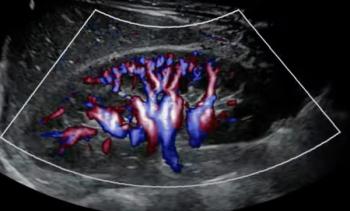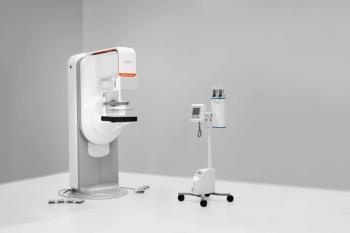
Research builds case for RIS preceding the PACS
Most large PACS vendors are shifting the management functions of PACS to the RIS and defining PACS as nothing more than the storage and viewing of images, according to a recent paper."Cerner now refers to the RIS as the PACS enabler," said Ali
Most large PACS vendors are shifting the management functions of PACS to the RIS and defining PACS as nothing more than the storage and viewing of images, according to a recent paper.
"Cerner now refers to the RIS as the PACS enabler," said Ali Birjandi, director of process reengineering at Carle Clinic and Hospital Foundation in Urbana, IL.
This new strategy has allowed vendors to avoid duplicating efforts while shifting to patient-centric management from image-centric management, which was neither enterprise- nor operations-friendly, Birjandi said.
The paper (Health Manag Technol 2003;24(3):30-32) makes the case for implementing the RIS before the PACS.
"In the new model, we see RIS as the management infrastructure in the five pillars of PACS - storage, view, digitization, management, capture," Birjandi said.
To prevent other systems from mismanaging data in this model, it is important to install the RIS first.
"The ultimate products of a filmless radiology environment are reports for referring physicians and bills for revenue purposes," Birjandi said. "Innovation comes in optimizing processes in between."
In the past, departments or clinics could make the innovation leap merely by bringing in a PACS. Today, however, the RIS is really the command and control of digital imaging within the enterprise. Installing RIS before PACS allows the client to synchronize data in various systems within the department and realize financial gains from all other elements in a filmless environment.
David Tomczak, director of systems engineering and services at eMed Technologies, agrees that the RIS should be implemented first, primarily because of involvement required by all parts of the department.
"The RIS touches more of the institution and is generally needed long before PACS and filmless technologies are considered," Tomczak said.
PACS performs elements of image management, such as centralized work list and filtering of priors, that RIS has not yet perfected. Many facilities want to reduce the cost of owning and operating a RIS/PACS, and an integrated system is one place to eliminate duplication, Tomczak said.
"Today's 'integrated' systems are in fact two distinct, autonomous systems that exchange messaging," he said. "The core elements of PACS are still managed in PACS, and the RIS is the master owner of clinical and patient data."
The end goal of this trend will result in a seamless RIS/PACS package, although a true single database approach is still a ways off, according to Tomczak.
While PACS benefits from the structure and organization that the RIS provides, workflow from capture to read is driven by the RIS, he said.
Newsletter
Stay at the forefront of radiology with the Diagnostic Imaging newsletter, delivering the latest news, clinical insights, and imaging advancements for today’s radiologists.




























